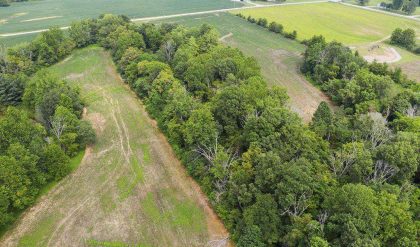Economics classes rarely spend much time on history. But the brief history of development economics is instructive. Appreciating how economists have come to understand economic development helps us understand the various development approaches people have taken over time and how we got to the ideas that are popular now. What economists thought development meant at the beginnings of our field’s history is quite different from the way we see it today.
The origins of modern development economics are not found in lowincome countries, but rather in relatively developed countries devastated by war.7 In the aftermath of World War II, there was a need for economic theories and policies to support the rebuilding of war-torn Europe and Japan. The United States adopted the Marshall Plan to help rebuild European economies.
This was a massive program: $13 billion over four years was a lot of money back then! In the wake of the success of the Marshall Plan, economists shifted their attention in the 1950s and 1960s from Europe to the economic problems of Africa, Asia, and Latin America. Lessons learned in Europe did not transfer easily to those settings; it quickly became clear that poor countries faced fundamentally different challenges.
Early development economists focused on income growth, often blurring the lines between growth and development. In poor countries, major structural transformations were needed to achieve growth. By comparing different countries’ growth experiences (including the past experiences of the more developed countries), economists tried to uncover the conditions that determine successful development and economic growth.
Taking Off
Seminal work during this early period of development economics in – cludes Walter Rostow’s treatise on the stages of economic growth: the traditional society, the preconditions for takeoff, the takeoff, the drive to maturity, and the age of high mass consumption.8 Nobel laureate Simon Kuznets (whom we shall revisit later in this chapter) countered this simplistic view that all countries go through a similar linear set of stages in their economic history. He argued instead that key characteristics of today’s poor countries are fundamentally different from those of highincome countries before they developed.
The Anatomy of Growth
Economists recognized the need to understand how the growth process works. Growth is important enough to get its own chapter in this book (chapter 7). There, we’ll focus on modern growth theory, but growth models have played an important role since the start of development economics. A simple aggregate growth model developed by Sir Roy F. Harrod and Evsey Domar became part of the basic creed of development economists in the 1950s and 1960s.9 The Harrod-Domar model’s main implication was that investment is the key driver of economic growth. It focused economists’ and policy makers’ attention on generating the savings required to support higher growth rates in poor countries. Although simplistic, this was a precursor to models used to analyze economic growth in developing countries today.





